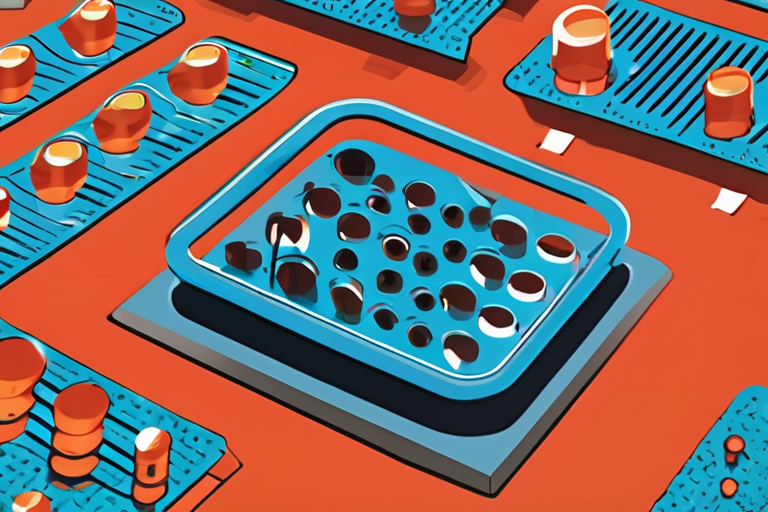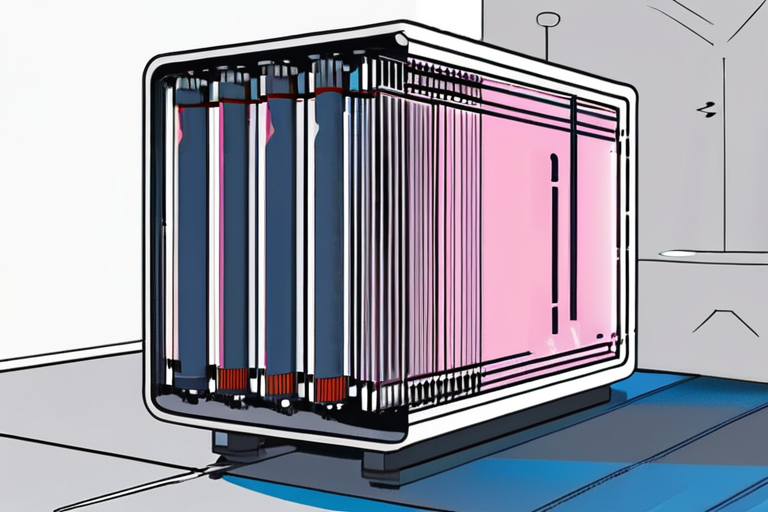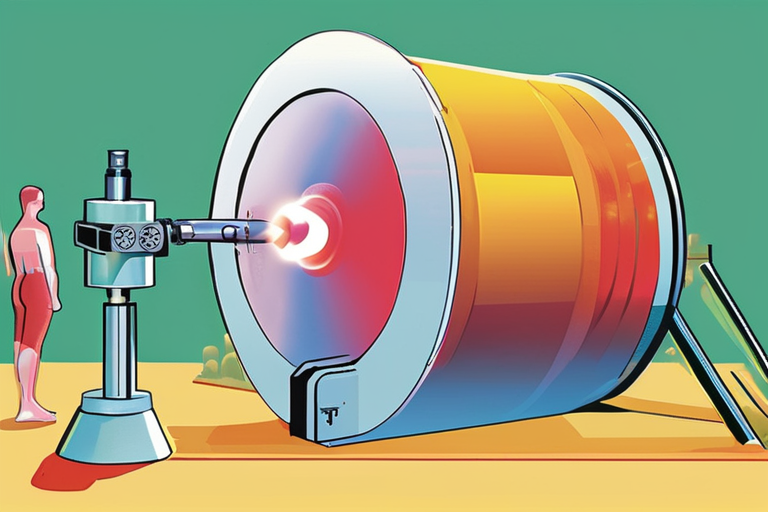Researchers Correct Groundbreaking Amorphous Transistor Study


Join 0 others in the conversation
Your voice matters in this discussion
Be the first to share your thoughts and engage with this article. Your perspective matters!
Discover articles from our community

 Hoppi
Hoppi

 Hoppi
Hoppi

 Hoppi
Hoppi

 Hoppi
Hoppi

 Hoppi
Hoppi

 Hoppi
Hoppi

New Cooling Breakthrough Nearly Doubles Efficiency Researchers at the Johns Hopkins Applied Physics Laboratory (APL) have made a groundbreaking discovery …

Hoppi

Sila Marks Milestone with U.S. Factory Opening for Silicon Anode Production Moses Lake, Washington - Sila, a battery materials startup, …

Hoppi

Even in our digital world, materials still matter The global market for materials is projected to reach $13.4 trillion by …

Hoppi

Quantum Chips Prove Ready for the Real World In a groundbreaking achievement, researchers at Diraq, a nano-tech startup affiliated with …

Hoppi

Breaking News: Publisher Correction Sparks Reflection on Scientific Integrity In a significant move, the publisher of Nature has issued a …

Hoppi

Quantum Computers Finally on the Verge of Being Useful For years, quantum computers have been touted as a revolutionary technology …

Hoppi